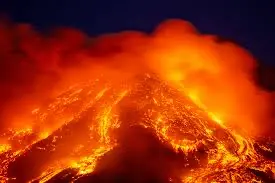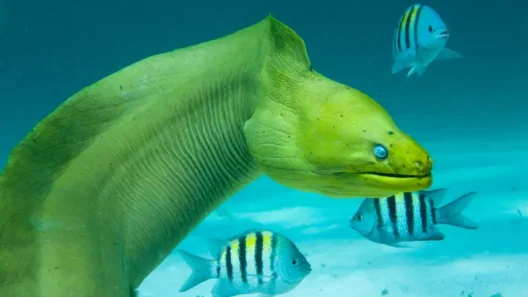Volcanoes are more than just spectacular natural wonders or the subjects of science documentaries. Active volcanoes are the planet’s living engines, regularly reshaping landscapes, influencing weather, and offering both peril and promise to those who live nearby.
From the Pacific Ring of Fire to the slopes of Mount Etna, these geological powerhouses keep the world on its toes. But what makes a volcano “active,” where can they be found, and why do they matter so much in the 21st century?
Why Are Active Volcanoes So Captivating?
There’s a reason why volcanoes have fascinated people for thousands of years. Some erupt with breathtaking regularity, others sleep for millennia before releasing their pent-up fury. Volcanoes are the ultimate reminder that the Earth is alive and unpredictable—a mix of danger, creativity, and sheer natural spectacle.
Did You Know?
- There are roughly 1,500 active volcanoes on Earth today.
- On average, about 60 significant eruptions occur each year.
- The Pacific Ring of Fire is home to most of the world’s active volcanoes.
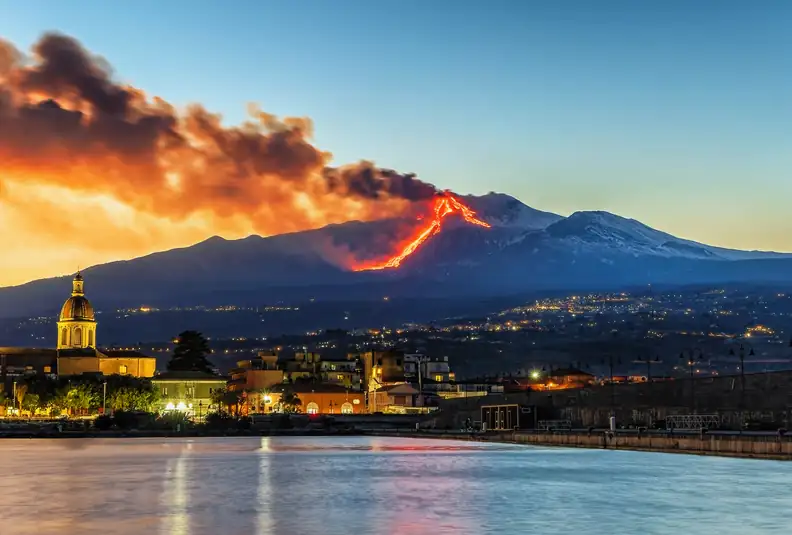
What Does “Active Volcano” Really Mean?
Not every volcano that erupts is considered “active”—and not every “active” volcano is erupting right now. Scientists define an active volcano as one that has erupted at least once in the past 10,000 years (since the last Ice Age). Some erupt every year; others wait centuries between eruptions.
| Volcano Type | Typical Behavior | Example |
|---|---|---|
| Active | Frequent eruptions, gas releases, heat anomalies | Etna, Kīlauea |
| Dormant | Currently quiet, but could erupt again | Vesuvius |
| Extinct | No signs of activity for thousands of years | Mount Slemish |
Where Are Active Volcanoes Making Headlines Today?
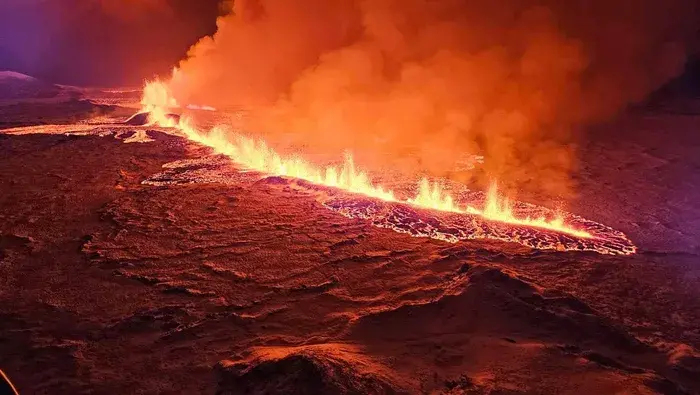
Most active volcanoes are found along tectonic plate boundaries—where the Earth’s crust is shifting, colliding, or pulling apart. The Pacific Ring of Fire is by far the world’s hottest volcanic zone, but dramatic eruptions happen in many corners of the globe.
| Active Volcano | Region | What’s Happening Now |
|---|---|---|
| Reykjanes | Iceland | Ongoing fissure eruptions, infrastructure challenges |
| Etna | Italy | Regular lava fountains, ash clouds, air traffic alerts |
| Kīlauea | Hawaii, USA | Pulsing lava displays, short but intense episodes |
Why Do People Live Near Active Volcanoes?
It might sound risky, but there are practical reasons: volcanic soils are some of the most fertile in the world, ideal for crops from grapes to rice.
Many regions also harness geothermal energy, turning volcanic heat into cheap, clean power. Living near a volcano is a calculated trade-off between risk and reward—a balance of natural beauty, tradition, and, sometimes, necessity.
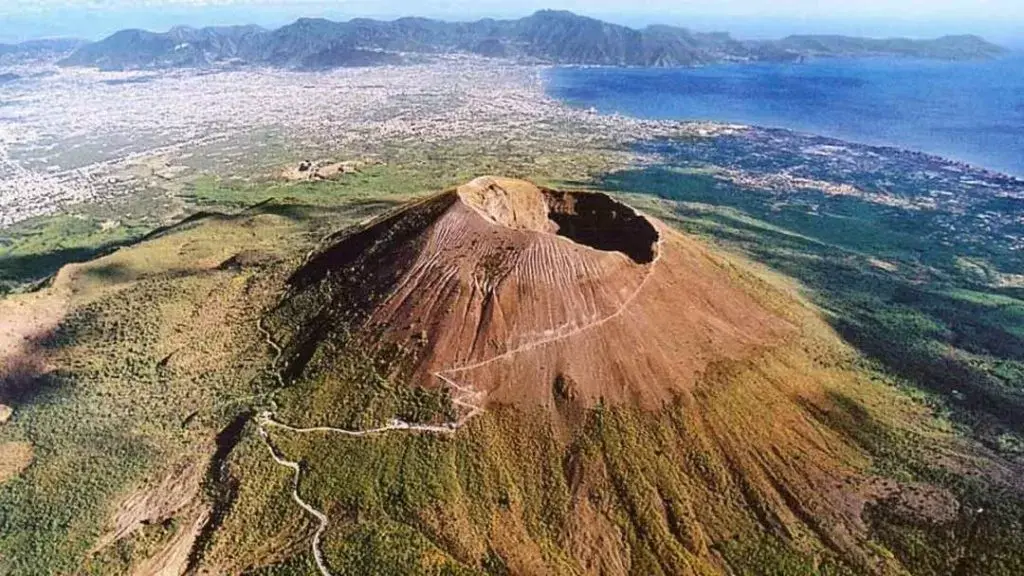
Risks vs. Rewards:
- Risks: Evacuations, pyroclastic flows, ashfall, hazardous gases
- Rewards: Rich soils, geothermal energy, unique tourism
Quick tip:
When visiting regions with active volcanoes—especially in countries where internet access may be restricted or public Wi-Fi is less secure—using a trusted VPN can help protect your personal data and keep your online activity private. A reliable VPN also allows you to access your favorite sites and streaming services, no matter where you are in the world.
Tip: Always choose a VPN with strong encryption, a no-logs policy, and fast, stable servers for seamless travel connectivity.
| My 5 Best VPN for Travel | Offer + Discount | URL |
|---|---|---|
| NordVPN | 77% off + 3 months free | Try NordVPN |
| ExpressVPN | 61% off + 6 months free | Try ExpressVPN |
| SurfShark | 87% off + 2 months free | Try SurfShark |
| CyberGhost | 83% off + 2 months free | Try CyberGhost |
| PIA VPN | 82% off + 2 months free | Try PIA VPN |
How Are Active Volcanoes Monitored Today?
Science is on the case. Today’s volcanologists use networks of seismographs, satellites, gas sensors, and even drones to keep a close eye on the world’s most active volcanoes.
Artificial intelligence is playing a bigger role, spotting subtle warning signs—tiny earthquakes, ground swelling, changing gas ratios—often before they’re visible to the naked eye.
| Monitoring Method | What It Detects | Example in Action |
|---|---|---|
| Seismographs | Tremors, magma movement | Early warning of eruptions |
| Satellites | Ground deformation, thermal anomalies | Mapping inflation before activity |
| Gas Analysis | Changing volcanic gas emissions | Detecting rising magma |
Volcanoes and the World: From Climate to Air Travel
When volcanoes erupt, their effects can travel far beyond the crater.
Large explosions can cool the planet by sending sulfate aerosols into the stratosphere—like the “year without a summer” after Tambora in 1815. Ash clouds can ground planes on entire continents, disrupt economies, and reshape history in a single day.
Key Facts:
- Volcanic ash can close airports for weeks and damage jet engines.
- Eruptions like Pinatubo (1991) have cooled global temperatures for years.
- Volcanic minerals feed millions through enriched farmland.
How Do Scientists Predict Eruptions?
Before a major eruption, active volcanoes often send out subtle warnings: swarms of small earthquakes, ground swelling, heat changes, and increased emissions of sulfur dioxide or carbon dioxide.
Modern technology helps scientists interpret these clues, improving early warning and saving lives. However, each volcano is different—and nature always keeps a few surprises.
Visiting Active Volcanoes: Awe and Caution
From Icelandic lava fields to the slopes of Stromboli, volcano tourism is booming.
For a safe visit, always check official updates, respect closed zones, and consider going with a certified guide. Active volcanoes are a stunning reminder of Earth’s power—but safety should always come first.
Conclusion: Why Active Volcanoes Deserve Respect (and Curiosity)
Active volcanoes are powerful teachers, shaping continents and cultures alike. They supply energy, nurture soils, and keep scientists busy worldwide. They also remind us that, for all our technology, we are still guests on a living, changing planet.
Understanding, monitoring, and respecting active volcanoes is vital—not just for those who live nearby, but for everyone who shares this world.








